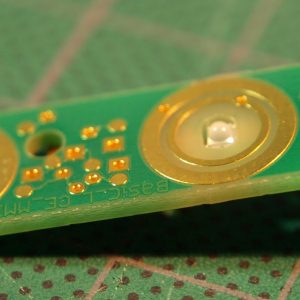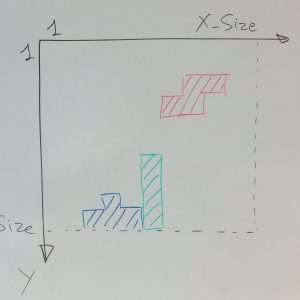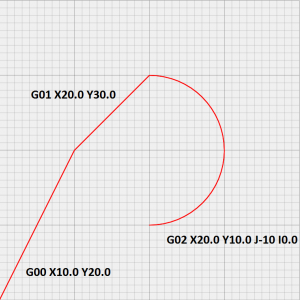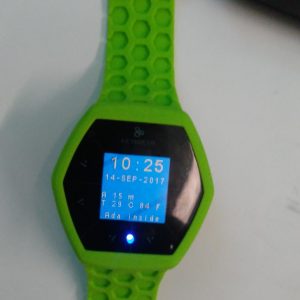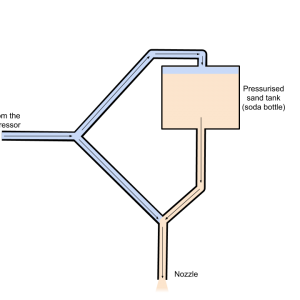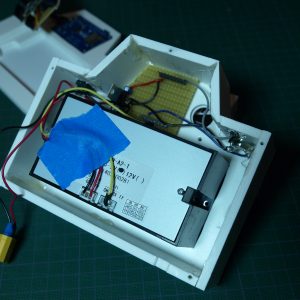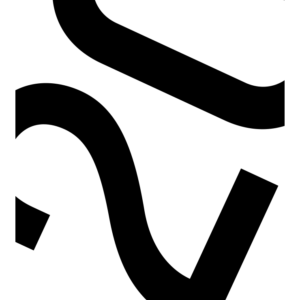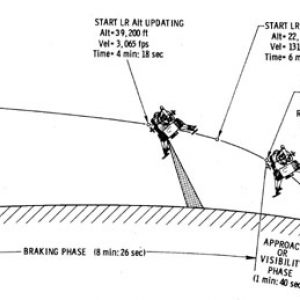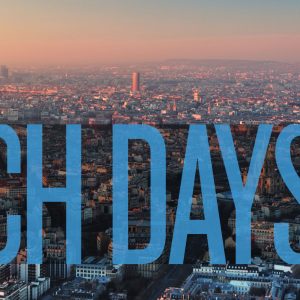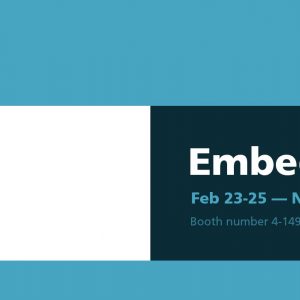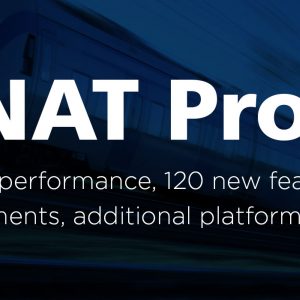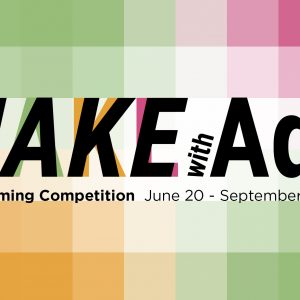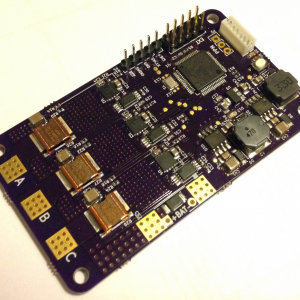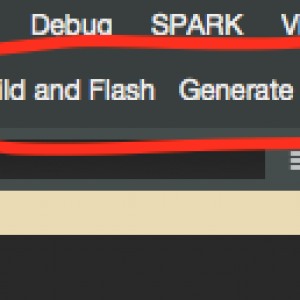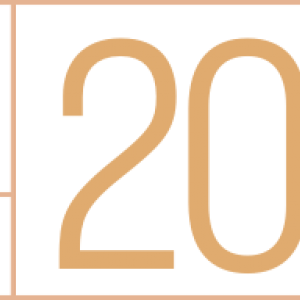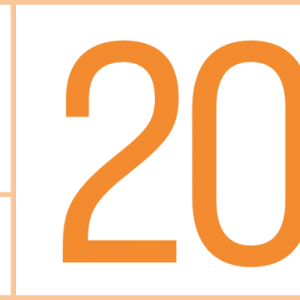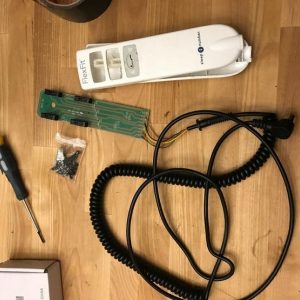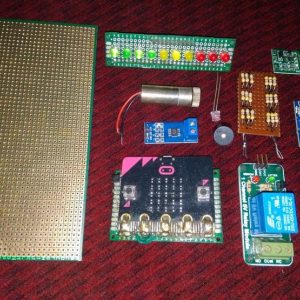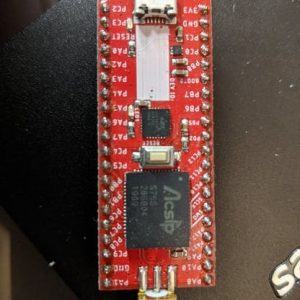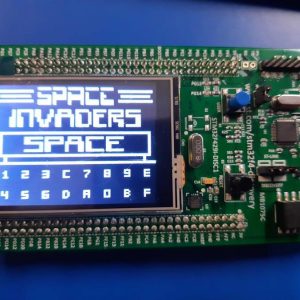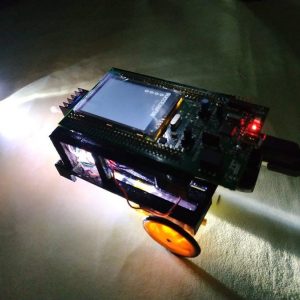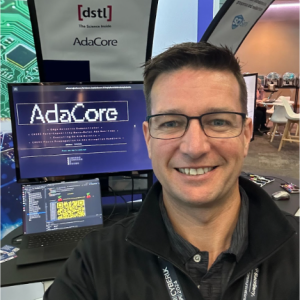![Make with Ada 2017- A "Swiss Army Knife" Watch]()
Make with Ada 2017- A "Swiss Army Knife" Watch
SummaryThe Hexiwear is an IoT wearable development board that has two NXP Kinetis microcontrollers. One is a K64F (Cortex-M4 core) for running the main embedded application software. The other one is a KW40 (Cortex M0+ core) for running a wireless connectivity stack (e.g., Bluetooth BLE or Thread). The Hexiwear board also has a rich set of peripherals, including OLED display, accelerometer, magnetometer, gryroscope, pressure sensor, temperature sensor and heart-rate sensor. This blog article describes the development of a "Swiss Army Knife" watch on the Hexiwear platform. It is a bare-metal embedded application developed 100% in Ada 2012, from the lowest level device drivers all the way up to the application-specific code, for the Hexiwear's K64F microcontroller. I developed Ada drivers for Hexiwear-specific peripherals from scratch, as they were not supported by AdaCore's Ada drivers library. Also, since I wanted to use the GNAT GPL 2017 Ada compiler but the GNAT GPL distribution did not include a port of the Ada Runtime for the Hexiwear board, I also had to port the GNAT GPL 2017 Ada runtime to the Hexiwear. All this application-independent code can be leveraged by anyone interested in developing Ada applications for the Hexiwear wearable device.
